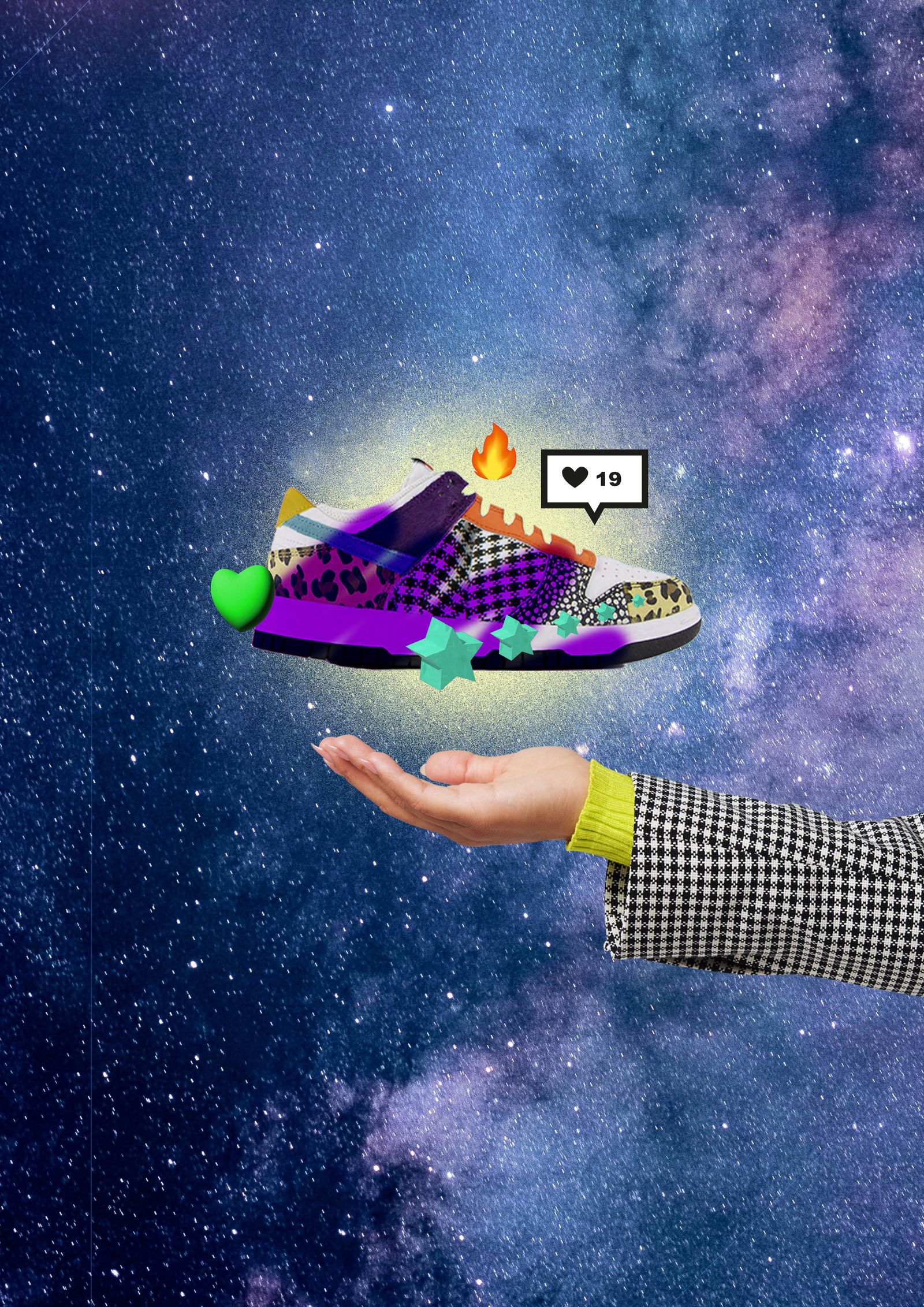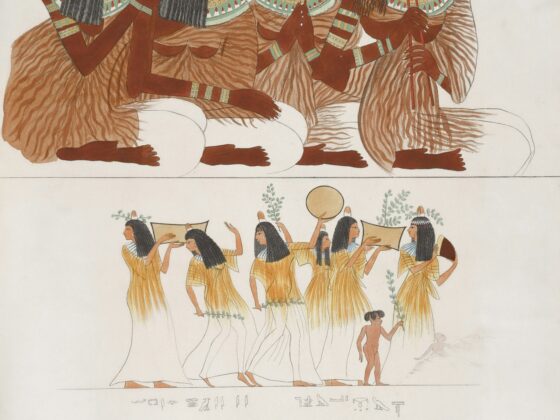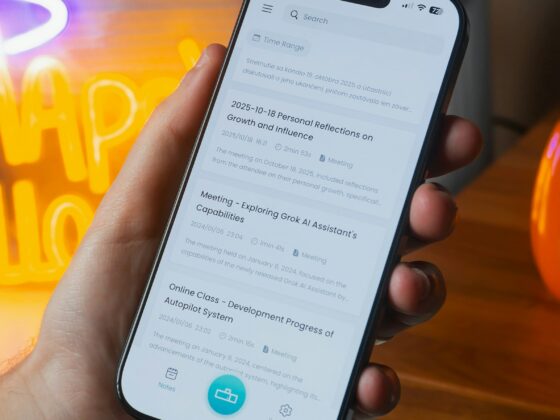The marketing world is undergoing the most profound shift since the invention of the internet. For the last 20 years, consumer journeys typically began with a search query and a page of ten blue links. Now, they increasingly start with a direct question to a generative AI-powered chatbot or browser, producing a single tailored answer.
It’s changing the way people shop—and fast. AI-driven traffic to US retail sites grew by 4,700% year-on-year in July 2025. Market research firm Gartner predicts that by 2026, traditional search volumes will fall by more than a quarter.
And some believe a bigger shift still lies in store: the rise of AI agents. This is AI that doesn’t just produce an answer, but can also use tools to complete tasks. Some believe agents will complete purchases on a user’s behalf—and in certain categories, like routine essentials, perhaps automate the whole consumer journey.
“For marketers, this steady shift is both a threat and an opportunity as prime placement on search pages is becoming less important,” says Scott Shepard, head of sales at Tremendous, which helps companies manage rewards and incentives for marketing programs.
Clearly, adapting to AI-mediated shopping—ensuring AI is likely to find and recommend products and services—is going to be important. But as the rise of AI changes the wider dynamics of retail, it also has implications for more traditional marketing methods. Mastering this new environment requires embracing new tactics and revisiting existing ones to consolidate discoverability, brand recognition and trust.
Here are three priorities…
Brand visibility used to mean landing on page one of a search engine. Today, it also means showing up in AI-generated answers. In the future, it could mean being found, selected and perhaps purchased by an AI agent. “AI is, in some cases, the most important audience you’ll never meet,” says Jack Smyth, Australia Country Lead at marketing technology group Brandtech, who has a speciality in the emerging discipline of “generative engine optimization” (GEO).
The first step is knowing what products and services the models are already recommending. Survey different LLMs directly: If you sell moisturizers, ask questions such as, “What’s the best moisturizer?” and then analyze the answers. Track which brands surface, which features are emphasized, and which external sites influenced the responses.
If brands don’t run this kind of survey, they’ll have no idea what options are presented to customers and what the LLM is saying about them. Smyth advises thinking about “share of model”, or how often your brand appears in AI answers and in what context.
To influence that share of model, many of the old SEO rules still apply: Deploy clear, descriptive, machine-readable content on pages that load quickly on mobile browsers (under two seconds, ideally); pepper in plenty of facts and data; and link to sources. But there are some specific tips for GEO. Rather than incorporating keywords, aim to fold in the natural language questions that potential customers could be asking, and incorporate text that a chatbot could extract to produce an answer. Also consider presenting information in formats that LLMs can lift directly, such as HTML tables of product information and bullet-point lists. Finally, include expert commentary written in a conversational way, broken up into short paragraphs—something chatbots are more likely to cite.
It’s not just about text—visuals are important too. Generative AI can interpret imagery and form views about the nature of products or services. If a business’ USP is that it’s more affordable than its competition, it shouldn’t create imagery that suggests luxuriousness.
The playbook mirrors SEO’s cycle of analyze, create, distribute and measure, but optimized for a new kind of gatekeeper which can judge color palettes, product formats and tone of voice.
Although the use of AI stands to reduce consumers’ exposure to conventional marketing, brand recognition is still important. It may determine what they ask a chatbot in the first place: If you are a running-shoe manufacturer, you want users to be asking which of “your” shoes is right for them. And even if a consumer doesn’t ask about your brand specifically, AI may include your products in the array of options the chatbot presents—and name recognition can be the decisive factor in which one the consumer chooses.
All of which means that, perhaps counterintuitively, traditional marketing could become even more important since it’s essential to building brand equity.
The good news is that, thanks to AI tools such as Midjourney and Google’s Veo 3, slick imagery and video is now in reach of almost anyone, and chatbots can directly help with writing copy. This not only makes it easier to generate high-quality marketing assets, but to also create potentially thousands of variants targeting different demographics in a way that once may have been prohibitively expensive.
One British Council campaign by The Brief, an AI ad creation platform, shows what this could look like in practice. Automation cut the cost of producing over 1,000 assets by 70 percent, and enabled rapid optimization for eight different geographies. But the base creative ideas still came from human designers. Distinctive visuals and storytelling remain irreplaceable. Without that, campaigns risk falling into the AI blandness trap.
Tammy Nam, CEO of The Brief, argues that soon, no one will ask whether a campaign used AI because the answer will always be yes. What will differentiate brands is precisely those things that can’t be automated. “Using AI is not about flooding channels with more content. It’s about producing smarter, more relevant content that resonates,” says Nam. “Aesthetics, visuals, distinctiveness in tone of voice all still really matter a lot.”
The practical approach for getting the most out of AI tools, then, is to first design a bold campaign with human-led creative ideas. Next, use AI to generate tailored versions for different customer segments. Then use AI tools to localize the content and adapt that to different languages, geographies, and cultural norms so global campaigns don’t feel generic.
Smaller brands, free from bureaucracy, may be able to turn these new opportunities into an edge, testing and pivoting campaigns rapidly to keep them distinctive in a crowded field.
AI tools are valued for their perceived neutrality, but some shoppers remain cautious.
For expensive or highly personal items, this is especially pronounced. If an AI is recommending something within these categories, a consumer may seek validation from trusted external sources such as customer reviews and recommendations. Electronics, furniture, beauty, and travel consistently show the strongest demand for peer recommendations, says Tremendous’ Scott Shepard. “However good AI becomes, people still want that human validation before they click buy on a mattress or some big purchase.”
This is reflected in the accelerating search interest for Reddit content. For brands, this means that engaging authentically on communities like Reddit can be a productive strategy. This is not only because it can spark someone to embark on a shopping journey, or lead to positive conversations about your brand that others may use to validate their own purchases, but also because these conversations index strongly as sources used by AI models to shape their recommendations.
In the AI age, it’s essential not to overlook the power of word-of-mouth, either. As AI makes it possible to produce and scale marketing content infinitely—much of it not of the quality that The Brief’s Tammy Nam advises—audiences can grow cynical, placing ever greater weight on a recommendation from a contact. This puts renewed emphasis on schemes designed to spur such recommendations, such as referral programs, in which existing customers recommend a brand to their personal network.
Shepard says it can be a powerful strategy—studies show that referred customers are more likely to buy and stay loyal, representing 16 percent greater lifetime value, since referrals are highly trusted.
“There’s just so much information out there, and it’s really hard to know what to trust,” says Shepard. “But word-of-mouth is trusted highly.”
And, of course, referral programs can in turn be managed and optimized better than ever using machine learning-driven systems. Technology can help businesses make exactly the right ask of their customers—at the optimal time and with compelling incentives—to encourage them to take the desired action.
The shift to embrace generative AI is more than just a technical adjustment. It’s a wholesale rewrite for a decades-old playbook for how brands win attention and customers. To achieve success, marketers need to think about how their brand is being seen across every asset that an AI model may take into account. They can also use generative marketing tools to amplify what makes them distinctive, and double down on building human trust. “AI is giving us new channels, and changing the nature of traditional channels,” says Shepard. “Those handling this shift smartly are paying close attention to both—and it’s paying off.”
Tremendous helps businesses send gift cards and rewards, fast. From referral bonuses to cashback promos to loyalty rewards, marketers rely on Tremendous to deliver incentives at scale. Its free-to-use platform makes it easy to send payouts globally, delight recipients, and save money. Learn more at tremendous.com.









